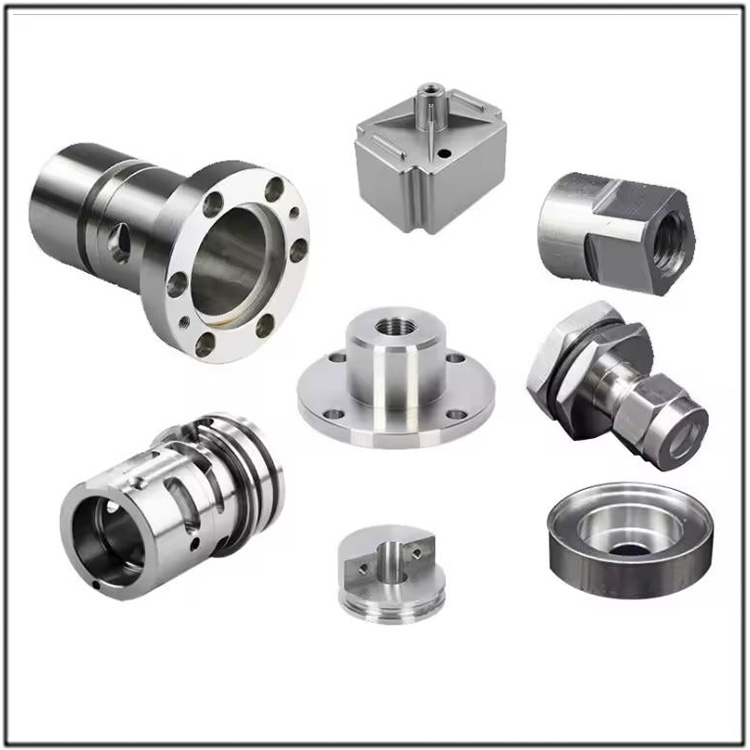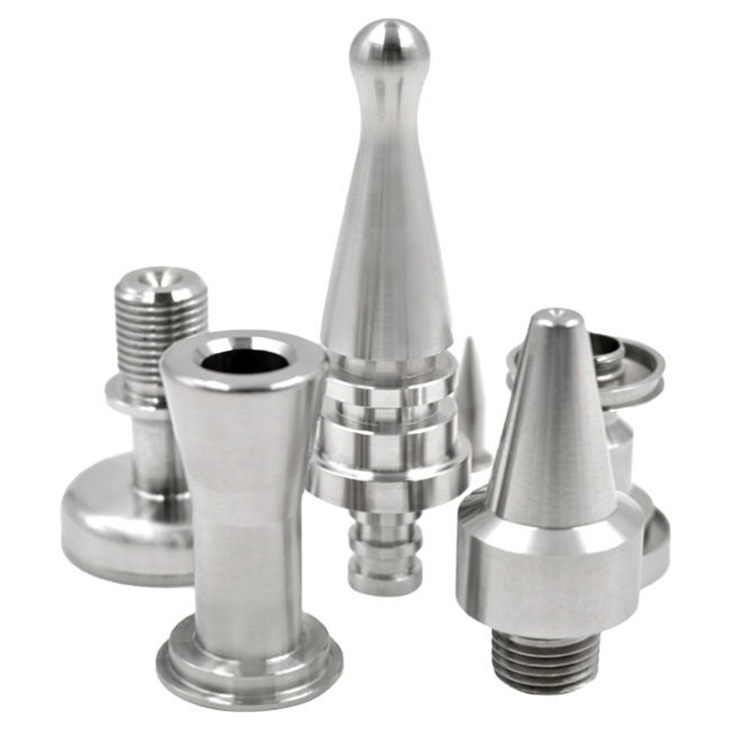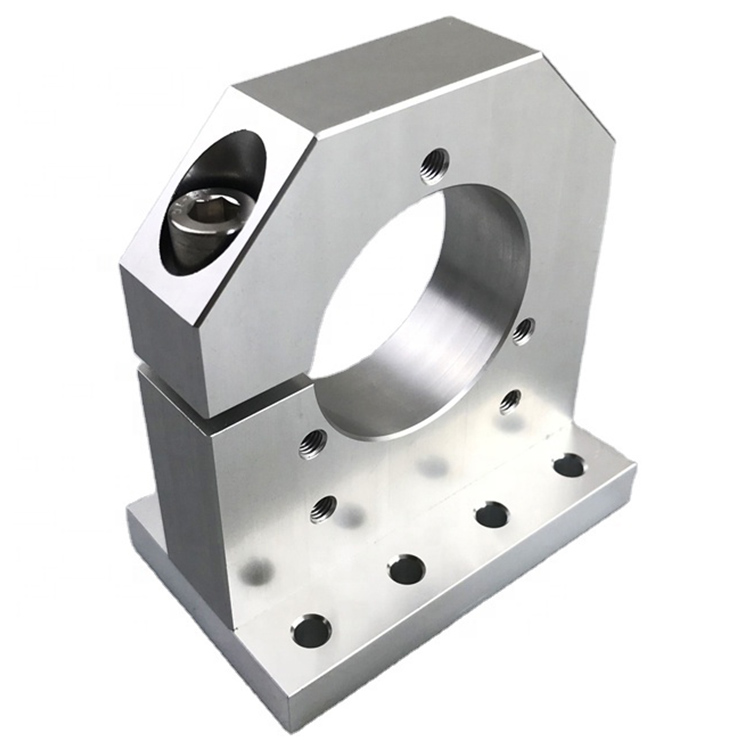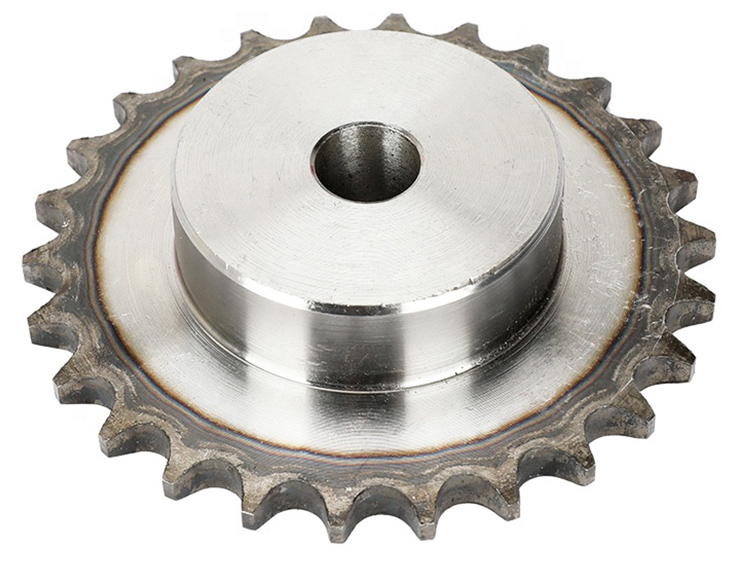
What are The Differences In Cutting Between Different Metal Materials?
In metal cutting, there are different workpiece materials with different cutting formation and removal characteristics. How can we grasp the characteristics of different materials? ISO standard metal materials are divided into six different types, each with unique characteristics in terms of machinability. This article will summarize them separately.
Metal materials are divided into six categories:
(1) P-steel
(2) M-Stainless Steel
(3) K-cast iron
(4) N-Nonferrous metals
(5) S-heat-resistant alloy
(6) H-quenched steel
Cutting characteristics of different materials
01-P steel
What is steel?
-Steel is the largest material group in the field of metal cutting.
-Steel can be non quenched steel or quenched and tempered steel (with a hardness of up to 400HB).
-Steel is an alloy mainly composed of iron (Fe) element. It is manufactured through a smelting process.
-The carbon content of non alloy steel is less than 0.8%, with only Fe and no other alloying elements.
-The carbon content of alloy steel is less than 1.7%, and alloy elements such as Ni, Cr, Mo, V, W, etc. are added.
Application field: In the field of metal cutting, P group is the largest material group because it covers several different industrial fields.
The material is usually long chip material, which can form continuous and relatively uniform chips. The specific form of chips usually depends on the carbon content Low carbon content=tough viscous material High carbon content=brittle material.
Processing characteristics: - Long chip material- Chip control is relatively easy and smooth- Low carbon steel has viscosity and requires sharp cutting edges- Unit cutting force kc: 1500~3100 N/mm ² - The cutting force and power required for processing ISO P materials are within a finite range.
02-M stainless steel
What is stainless steel?
-Stainless steel is an alloy material with a minimum of 11% to 12% chromium.
-The carbon content is usually very low (up to a maximum of 0.01%).
-The alloys are mainly Ni (nickel), Mo (molybdenum), and Ti (titanium).
-Form a dense layer of Cr2O3 on the surface of the steel to make it corrosion-resistant.
Application areas: In Group M, most applications belong to the oil and gas, pipe fittings, flanges, processing industries, and pharmaceutical industries.
Chip shape: The material forms irregular sheet-like chips, which have higher cutting force compared to ordinary steel. There are many different types of stainless steel. The chip breaking performance (from easy to almost impossible to break chips) varies depending on the alloy properties and heat treatment.
Processing characteristics:
-Long chip material.
-Chip control is relatively smooth in ferrite, but difficult in austenite and biphasic.
-Unit cutting force: 1800~2850 N/mm ²
-High cutting forces, chip deposits, heat, and work hardening are generated during processing.
03-K cast iron
What is cast iron?
-There are three main types of cast iron: gray cast iron (GCI), ductile iron (NCI), and nodular cast iron (CGI).
-Cast iron is mainly composed of Fe-C and has a relatively high silicon content (1%~3%).
-Carbon content exceeding 2% is the maximum solubility of C in the austenite phase.
-The addition of Cr (chromium), Mo (molybdenum), and V (vanadium) forms carbides, which increase strength and hardness but reduce machinability.
Application areas: The K group is mainly used in the automotive parts, machine manufacturing, and ironmaking industries.
Chip shape: The chip formation of materials varies, ranging from approximately powdery chips to long chips. The power required to process this material group is usually small* Note: There is a significant difference between gray cast iron (usually with chips in powder form) and ductile iron, with the latter often having chips similar to steel.
Processing characteristics:
-Short chip material.
-Has good chip control in all operating conditions.
-Unit cutting force: 790~1350 N/mm ²
-Processing at higher speeds will result in abrasive wear- Moderate cutting force.
04-N Nonferrous Metals
What is non-ferrous metal material?
-This category includes non-ferrous metals and soft metals with a hardness below 130 HB.
-The largest part is composed of non-ferrous metal (Al) alloys containing nearly 22% silicon (Si).
-Copper, bronze, brass.
Application areas: Aircraft manufacturing and aluminum alloy automotive wheel manufacturers dominate Group N.
Although the required power per cubic inch is low, in order to achieve high metal removal rates, it is still necessary to calculate the maximum power required.
Processing characteristics:
-Long chip material.
-If it is an alloy, chip control is relatively easy.
-Nonferrous metals (Al) have viscosity and require the use of sharp cutting edges.
-Unit cutting force: 350~700 N/mm ²
-The cutting force and power required for processing ISO N materials are within a finite range.
05-S heat-resistant alloy
What is heat-resistant alloy?
-Heat resistant alloys (HRSA) include many high alloy iron, nickel, cobalt, or titanium based materials. Group: Iron based, nickel based, cobalt based
Working conditions: annealing, solution heat treatment, aging treatment, rolling, forging, casting.
Features: Higher alloy content (cobalt higher than nickel) ensures better heat resistance, higher tensile strength, and higher corrosion resistance.












